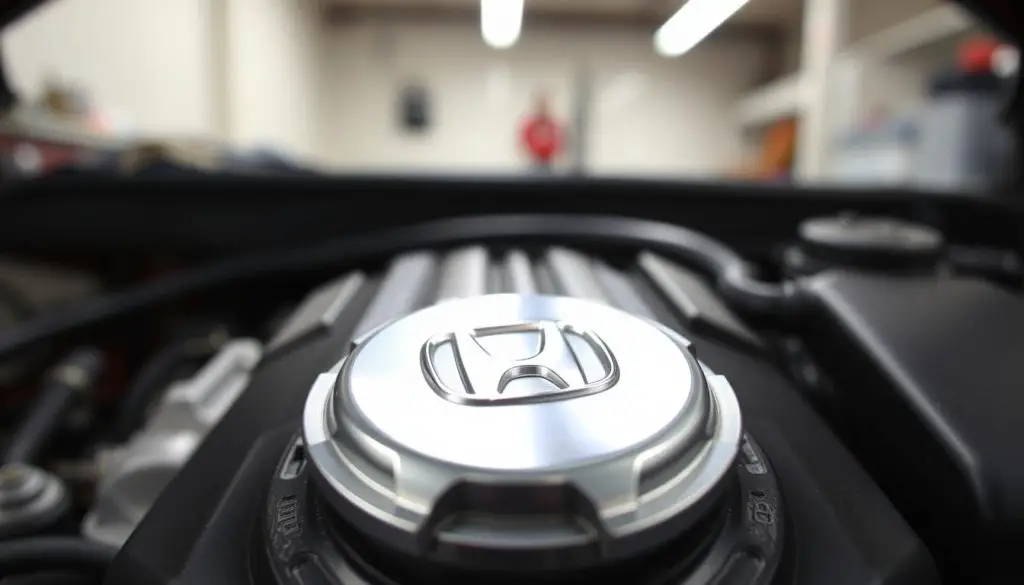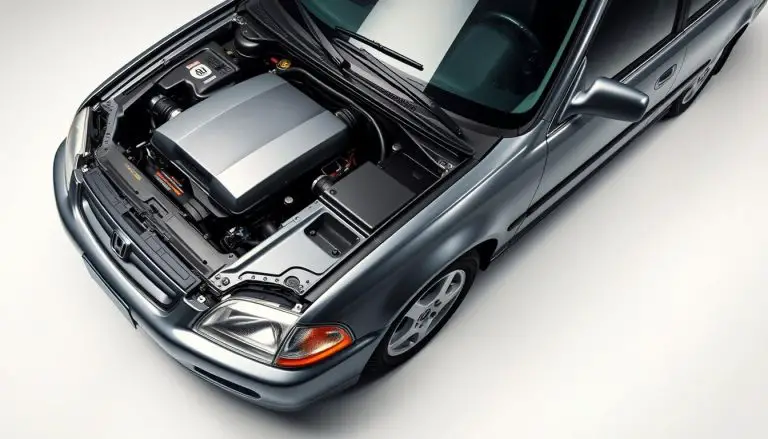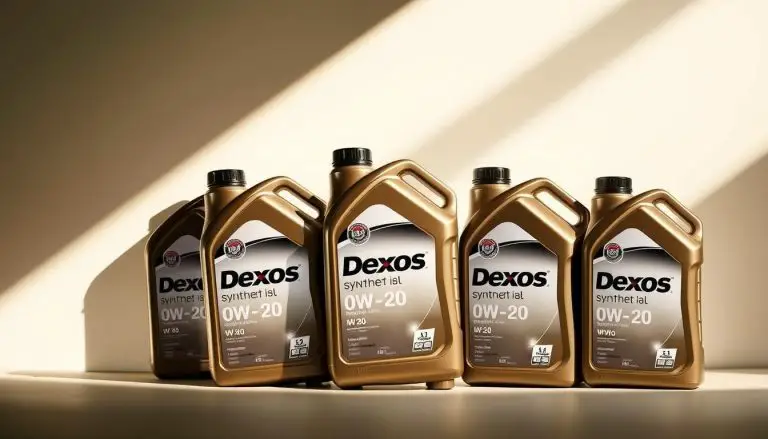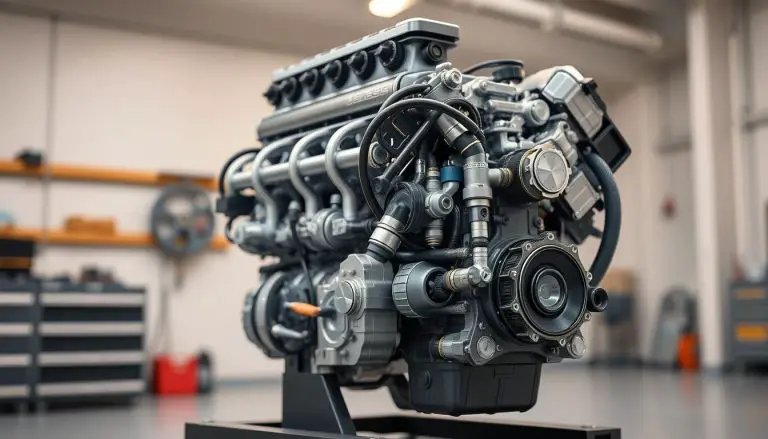This short guide explains which oil to use and why proper viscosity and specifications matter for engine life and fuel economy in everyday U.S. driving.
We cover how recommendations vary across the 8th gen lineup , including the common 1.8L and the Si model. You will learn how viscosity affects cold starts, hot-weather protection, and wear without technical overload.
Learn to match manufacturer specs, check the oil cap and the owners manual, and avoid common mistakes that harm performance. We also preview when to pick conventional, synthetic blend, or full synthetic based on budget, climate, and driving style.
Key Takeaways
- Viscosity and official specifications drive correct oil selection.
- 8th gen models (2006 2015) may have different needs—start with the owners manual.
- Check the oil cap and service history on used models before changing grades.
- Choose conventional, blend, or full synthetic based on climate and driving habits.
- For related capacity details, see this ideal oil capacity guide.
Quick Answer: Correct Oil Viscosity and Specifications for a 2008 Honda Civic
Start with the grade stamped on your oil cap and confirm it in the owners manual before you buy. This simple check ensures the engine gets the correct oil viscosity for everyday U.S. driving.
Recommended viscosity for most climates
For most U.S. conditions, 5W-20 is the standard recommendation. Verify this on the listed oil cap and in the manual to match your exact engine and model year.
Oil performance standards to look for
Choose oils that display current API certification and ILSAC approval. These marks mean the product meets modern gasoline engine requirements and the oil specifications your engine needs.
Engine variants and considerations
The 8th gen covers 2006 2015 model years and includes both 1.8L and Si 2.0L engines. The Si may demand extra attention to performance, so make sure the oil you buy matches listed oil specs for your specific run of models.
- Tip: If unsure, use a reputable full synthetic that meets API and ILSAC and keep receipts for service records and reply sep notes.
2008 Honda Civic Oil Type: Choosing the Right Oil for Your Vehicle
Start at the engine bay: read the listed oil cap and use that grade as your baseline. Matching what’s stamped on the cap gets you the correct oil viscosity for your exact engine variant.

Verify on the car and in manuals
After checking the cap used, cross-check the owners manual. If you need deeper detail, consult the Helm manual or the factory service manual (FSM) for 8th gen guidance covering 2006 2015 models.
Pick the right oil type
Conventional suits tight budgets. A synthetic blend balances cost and protection. Full synthetic gives the best high-temp stability and deposit control for heavy use or hot climates.
Labels, climate, and used models
Decode labels: confirm the viscosity grade, then check API “donut” and ILSAC approval to meet listed specifications. For used models with unknown service history, inspect records and stay with the correct oil and recommended intervals.
- Keep a short maintenance log so future changes always match listed guidance.
- Match filter quality to oil type to protect flow and cleanliness for both 1.8L and 2.0L models.
Practical Maintenance Tips for the 2008 Civic: Intervals, Capacity, and Common Mistakes
Follow a practical service plan to protect the engine and spot small issues early. Use the Oil Life Monitor (OLM) or a time/mileage schedule if most trips are short. Timely changes keep detergents active and cut deposits in VTEC systems.

Before you pour: always confirm the oil cap marking and back-label approvals against the owners manual or the helm manual / fsm for 2006 2015 8th gen models.
Key checks and common errors
- Warm the engine, park level, use proper supports, and replace the crush washer when draining.
- Avoid mismatched viscosity and overfilling; add gradually and recheck the dipstick after a short run.
- Keep a consistent brand and formula when possible and log date, mileage, brand, viscosity, and approvals.
- Inspect for leaks after the first heat cycle and dispose of used oil and filters at recycling centers.
If an oil light appears, shut down and investigate immediately. For spirited drivers or Si models, check level more often between services.
Conclusion
A final check of the cap and the owners manual prevents many common errors.
Pick a quality product that meets API and ILSAC approvals and matches listed specifications for your engine. For most 2006 2015 8th gen models, a 5W-20-grade solution that matches listed guidance gives the right oil viscosity and protection.
Keep records: note brand, grade, and filter used. For used models, stick with what matches listed and monitor consumption between services.
When unsure, consult the owners manual, or refer to the helm manual / fsm for factory procedures. A deliberate approach—verify the cap, confirm the manual, and maintain timely intervals—keeps your car running well for years.
FAQ
What viscosity should I use for a 2008 Civic with the 1.8L engine?
For most U.S. climates the recommended viscosity is 5W-20. Confirm the listed viscosity on your oil cap and in the owner’s manual or Helm manual before filling.
Does the Si 2.0L require a different grade or specification?
The Si 2.0L can have different performance needs; always match the exact recommendation in your owner’s manual or the factory service manual (FSM) for that trim and model year.
What oil performance standards should I look for on the bottle?
Look for current API certification (the “donut”) and ILSAC approval (starburst or shield). These confirm the product meets modern gasoline engine requirements and should be shown on the back label.
Should I use conventional, synthetic blend, or full synthetic?
Choose based on budget, climate, and driving style. Conventional is budget-friendly; blends offer compromise; full synthetic provides better high-temperature stability and deposit control—recommended for frequent short trips, hot climates, or spirited driving.
How can I verify the correct oil on my car right now?
Read the listed oil cap first, then cross-check with the owner’s manual and, if needed, the Helm manual or FSM. The cap usually matches what Honda calibrated for that engine and temperature range.
Is it okay to switch oil brands or formulations between changes?
Occasional brand changes are acceptable if the oil meets the required viscosity and approvals. Consistency helps monitor consumption and performance, so keep records of brand, grade, and API/ILSAC approvals.
What mistakes should I avoid when selecting or adding oil?
Avoid mismatched viscosity, ignoring the oil cap or manual, buying oils without API/ILSAC approvals, and overfilling. Also verify the filter installation and replace crush washers to prevent leaks.
How often should I change the oil and what about the Oil Life Monitor (OLM)?
Follow the OLM for mixed driving, or use time/mileage intervals for mostly short trips. Stick to the recommended interval and record each change—date, mileage, brand, viscosity, and approvals.
What should I do for a used model with unknown service history?
Inspect service records, then continue with the correct viscosity and approved oil type. Avoid abrupt changes in viscosity; maintain a consistent brand/formulation until you confirm the engine’s behavior.
How does climate affect my choice of grade and oil type?
In cold climates prioritize multi-grade oils with good cold-start flow; in hot or severe service, prefer full synthetic for oxidation resistance. Never assume a thicker oil is safer—use approved alternatives only if the manual allows them.
Where can I confirm detailed specifications beyond the owner’s manual?
Use the Helm manual or the factory service manual (FSM) for the 8th-gen (2006–2011) for in-depth specs, capacities, and service procedures—these documents clarify exact requirements for different engines and trims.
What role does the oil filter play in oil selection and maintenance?
A quality filter preserves flow and filtration during the oil life interval. Match a reputable filter to the oil type you choose—especially important for Si or high-mileage engines where protection and consistent flow matter more.
How do I decode oil labeling to ensure it “matches listed” standards?
Check the front for the viscosity grade, then inspect the back label for API “donut” and ILSAC “starburst”/shield approvals. Confirm the product matches OEM-listed specifications rather than relying on marketing claims.
What should I check after an oil change to avoid leaks or issues?
After the first heat cycle, inspect around the drain plug and filter for seepage. Verify oil level on a warm, level engine and keep an eye on the oil pressure/light; address any abnormalities immediately.


